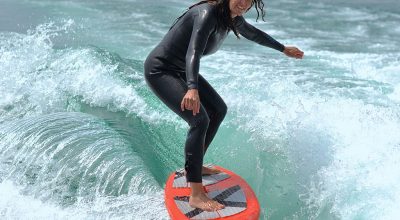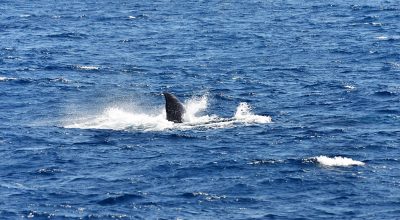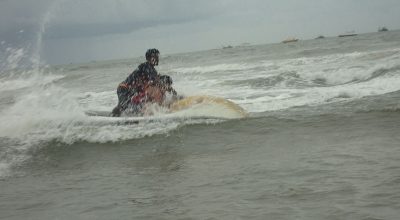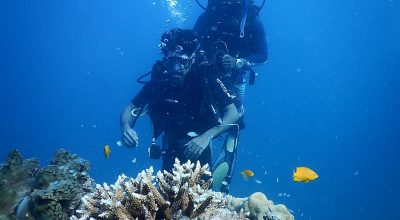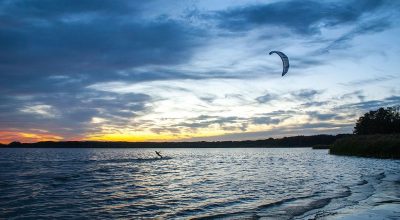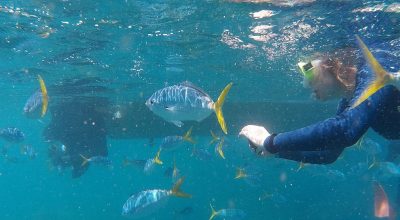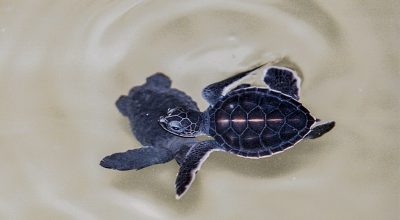Sunset & Beach
Sri Lanka’s variety of mini climates not only gives it a wealth of fauna and flora but also rugged terrain, high peaks, deep chasms, mountain gaps, high water falls and snaking rivers all ideal for eco, nature-adventures trekking trails for the enthusiast. If its hiking/trekking trails or adventure you are interested in, Sri Lanka’s mist covered central mountains in Ella offers marvelous opportunities.
Trek through the nature of Horton plains, an environment characterized by forest patches, grasslands along with steep mountain passes, Trekking trails to Adams peak (Sri Pada) ascent the holy mountain to witness the mystic shadow of the peak across the lowland plains, or if you are in Kandy the knuckles range wilderness area which will take your breath away literally speaks of adventure and nature.
When it comes to surfing in Sri Lanka, from October to April the South West Coast has perfect conditions and from April to October you should better go to the East Coast of the island. Helpful to know is that, when waves and weather are the best on the West Coast, it is rainy season in the East, when East Coast has the best conditions, it is the rainy season for the South West of the country.
There are a lot more surf sports in the South West than on the East Coast of Sri Lanka. You will find many advanced level surf spots as well as surf spots that are great for beginners. The most famous beginner surf spot is Weligama’s (translated: The sandy village) two-kilometer-long beach break. Weligama has perhaps the best beginner wave you can find in Sri Lanka. Due to the length of the sandy bay, it can accommodate many surfers and does not get crowded easily. In Weligama Main Point you can find some great head-high glassy waves, too.
Sri Lanka is among the best places in the world to see Blue Whales and Sperm Whales. Large numbers of whales have been sighted off the coast of Mirissa, and a trip out to sea will also present sightings of other marine life like dolphins, sea turtles, flying fish and more. Private sailing trips can be organized on request, which make stops at secluded bays for a bit of snorkeling. A whale watching trip is not to be missed while you’re in the south of Sri Lanka, but can also be organized in the west and east coasts (seasonal).
Diving in Sri Lanka started thousands of years ago in order to exploit the rich oyster banks in the Gulf of Mannar. Nowadays it is the rich marine life, coral reefs and ship wrecks that are the attractions of this undersea world. Over 10 places ideal for diving can be found. It is important to have precise planning and timing – in order to have a gratifying diving expedition in Sri Lanka. Generally the November to April period offers optimum conditions for diving off the south west coast, while the rest of the year corresponds with the east coast season.
There are some who come away from a diving holiday in Sri Lanka disappointed, mostly because they have encountered poor visibility. It is important to know the best times of year to visit the different dive spots around the island as water clarity changes not only according to monsoon seasons but also more localized factors such the presence of estuaries and currents. A rewarding diving expedition to Sri Lanka can be had, but it requires careful planning and impeccable timing.
Sri Lanka is a fantastic gate way for Jet Ski. You can enjoy with Jet Ski in the Indian Ocean, lake, lagoon and also Hill County of the island. Much like a motorcycle, acceleration in a jet ski is provided by a hand powered throttle located on the right-side grip. During Jet Ski you will guide by instructor.
Skiing against the tide, letting the waves lift you to fly through the sea mist at times will equal to no other sense of exhilaration that you will experience. Jet Skiing is the perfect sport for the adrenaline rush.Pass By: Bentota River, Bentota, Galle District, Southern Province.
Sri Lanka being an island nation, is home to many stunning spots for diving, snorkeling and technical dives such as shipwreck dives, across the island from West coast, to south and all along up to the east coast. The Southern port of call for many ancient ships, the Galle harbor has over 75 such recorded wrecks, out of which 25 are well recorded over the years by sports divers. The Eastern seaboard is also strewn with ship wrecks from many era’s, the most famous lies off the coast of Batticaloa in the form of “HMS Herms” – the world’s first purpose-built aircraft carrier which was built during WWI.
If you’re an adrenaline junkie, kitesurfing is one of the coolest ways to indulge yourself in Sri Lanka – and Kalpitiya is the place to do it. We went to Kalpitiya recently, and although we didn’t try it out ourselves (we’ll tell you why), we spent the afternoon with an instructor who gave us a step-by-step guide to this extreme sport.
With more than a dozen spots around Kalpitiya, you will be kiting in heaven. We have Flatwater, Waves, Lagoon. Experience uncrowded sessions! Wind blows at an average of 18-20 knots almost every day during our Summer Season – May to October. We also have a Winter Season – December to March when we have afternoon winds – Winter is still 28 Degrees!
The ocean is Sri Lanka’s primary resource. Explore Sri Lankan coasts in style with a sailing cruise. You could choose either the east, west south or north coast to explore depending on which time of the year that you are visiting.
With a sailing holiday you have access to stunning landscapes and pristine beaches. Sailing as an activity is also available in Sri Lanka in places like Bolgoda Lake, North-East coast and Southern coast.
Snorkelling is the best way to view underwater life in the shallow seas of Sri Lanka. The snorkelling gear can be bought or rented in the area. Almost every beachside shop has them. Snorkelling helps view the corals and shoals of fish without damaging them.
You can also see the colorful live corals that live somewhat deeper. This is because even though the corals in the area are protected now the ones closer to the beach and surface have died out due human carelessness. It is important to note, though, that the shallow waters around Hikkaduwa can become quite crowded, especially during the peak tourist season. This can make it difficult to snorkel safely.
The beach at Rekawa village, 10km east of Tangalle, is home to one of the most important sea turtle nesting sites in Sri Lanka, visited by five different species which lay their eggs in the sand here every night throughout the year. The best time to see turtles is between January and April; periods when there’s a full moon. This beach has recorded as many as 23 turtles nesting in one night.

